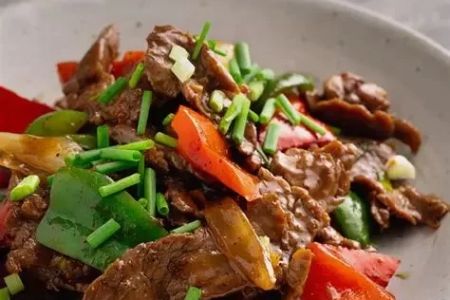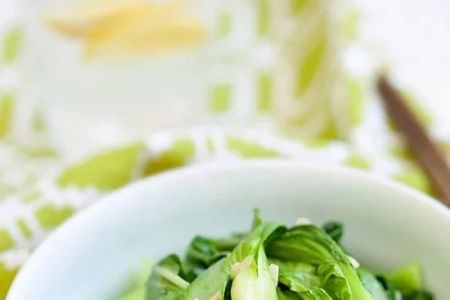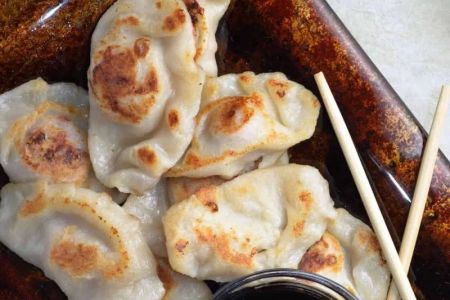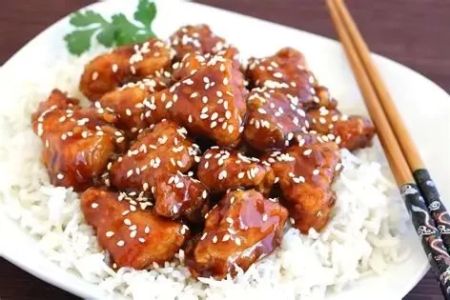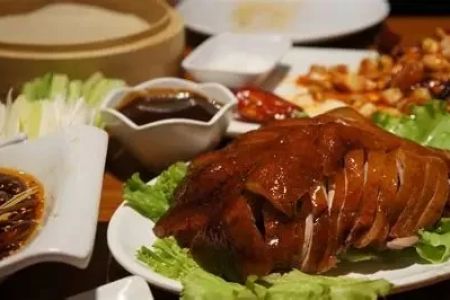- 1-PF-Changs-Origin-and-Authenticity
- 2-Understanding-the-Menu-and-Cuisine-Style
- 3-Differences-Between-PF-Changs-and-Traditional-Chinese-Food
- 4-Customer-Experiences-and-Perceptions
- 5-Exploring-Authentic-Chinese-Cuisine-Options
1. PF Chang’s Origin and Authenticity
When people ask, "Is PF Chang's Chinese?" it’s important to understand the background of this popular restaurant chain. Founded in 1993 in Scottsdale, Arizona, PF Chang's has grown into a well-known Asian-themed dining destination across the United States and internationally. The restaurant offers what it calls "Asian-inspired" cuisine, with a heavy emphasis on Chinese flavors and dishes, but with a distinctly American twist.
PF Chang’s is not a traditional Chinese restaurant operated by Chinese chefs in China. Instead, it is a fusion-style establishment designed to appeal to Western palates while drawing inspiration from Chinese culinary traditions. This distinction helps clarify the nature of PF Chang's cuisine and why it may differ from authentic Chinese dining experiences.
1.1 The Concept Behind PF Chang’s
The restaurant was created to offer an approachable and upscale alternative to typical Chinese takeout. Its founders aimed to combine the flavors of Chinese cuisine with a contemporary dining atmosphere, creating a unique experience that resonates with a broad audience.
2. Understanding the Menu and Cuisine Style
PF Chang’s menu features a wide variety of dishes commonly associated with Chinese food, such as Kung Pao chicken, Mongolian beef, and dumplings. However, many of these recipes are adapted to suit American tastes, often resulting in sweeter sauces, less spicy heat, and a focus on presentation.
Additionally, the menu incorporates dishes influenced by other Asian cuisines, such as Japanese and Thai, reflecting the "Asian fusion" approach. This means that while the food may carry Chinese names and flavors, it is not always strictly traditional in preparation or ingredients.
2.1 Ingredients and Preparation
Many PF Chang’s dishes use high-quality ingredients and emphasize freshness, but some critics point out that the menu includes Americanized versions of Chinese classics, which can differ significantly from authentic recipes found in China.
3. Differences Between PF Chang’s and Traditional Chinese Food
One major difference lies in the balance of flavors and cooking techniques. Traditional Chinese food often relies on delicate balance, seasonal ingredients, and region-specific preparations. PF Chang’s, by contrast, aims for bold flavors that are consistent across its many locations.
Furthermore, portion sizes at PF Chang’s tend to be larger, designed for sharing among groups in a casual dining setting, whereas authentic Chinese meals may involve smaller, more varied dishes served family-style.
3.1 Cultural Adaptation and Commercialization
PF Chang’s reflects a broader trend of cultural adaptation, where ethnic cuisines are modified to fit local preferences and business models. This can lead to debates about authenticity but also introduces more people to Chinese-inspired flavors in an accessible way.
4. Customer Experiences and Perceptions
Many diners appreciate PF Chang’s for its inviting atmosphere, consistent quality, and friendly service. For those seeking a casual introduction to Chinese flavors, PF Chang’s provides a convenient option. However, for purists and those familiar with traditional Chinese cooking, the menu may feel somewhat simplified or Americanized.
Online reviews and food forums often reflect this divide, with some customers praising the approachable flavors and others expressing a desire for more authenticity.
5. Exploring Authentic Chinese Cuisine Options
For those curious about true Chinese cuisine beyond PF Chang’s, exploring local Chinatown restaurants or regional Chinese eateries can offer a richer and more diverse culinary experience. These establishments often feature family recipes, regional specialties, and traditional cooking methods that showcase China’s vast food heritage.
If you want to learn more about authentic Chinese food and where to find it, the site Chinese Food offers a wealth of recommendations, recipes, and guides to help you discover genuine flavors and dishes.



